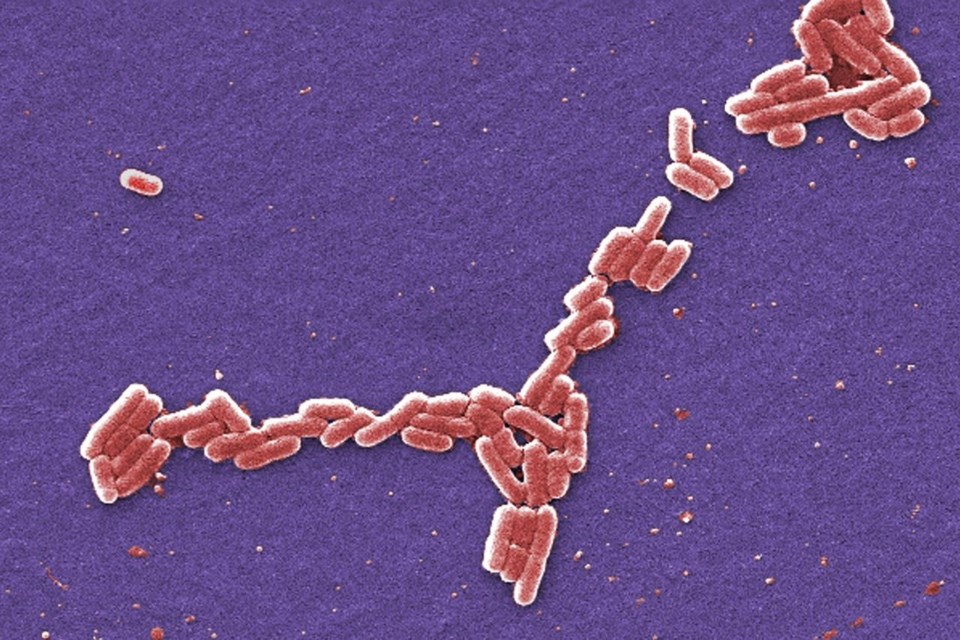CALGARY — Alberta Health Services says 231 people, many of them children, have been infected with Shiga toxin-producing E. coli 0157 after an outbreak this month at several Calgary daycares. Twenty-five children and one adult are in hospital; 21 have severe illness or hemolytic uremic syndrome.
Here is what you need to know about it:Â
What is it?
Shiga toxin-producing E. coli 0157 is different than typical E. coli infections, because it produces a toxin that can cause complications. It's a type of bacteria that can cause diarrhea, which can be bloody.
What are the symptoms?
Diarrhea, stomach cramps, nausea, and vomiting. Symptoms usually start one to 10 days after eating food contaminated with the E. coli bacteria. If the infection is more serious, there may be a fever, bloody stool or other symptoms.
What is hemolytic uremic syndrome?
It is a complication that affects the blood and kidneys. Children under the age of five are at the highest risk.
How did the outbreak happen?
Based on the epidemiology of cases so far, health investigators say it's highly likely the source of this outbreak is food that was distributed from a central kitchen.
Quote:
"The typical course is that the children have significant abdominal pain, diarrhea, vomiting and sometimes they get dehydrated early on, and so we need to maintain their hydration status," says Dr. Stephen Freedman, an emergency physician at Alberta Children's Hospital and professor in the Cumming School of Medicine at the University of Calgary.Â
"For children where we see that they're evolving into the hemolytic urine syndrome or develop it, those children are pretty much all hospitalized. Children who are not at that point, but sometimes even just because of the dehydration or the pain or the inability to drink, sometimes those children need to be hospitalized as well."
Source: Alberta Health Services
This report by The Canadian Press was first published Sept. 11, 2023.
The Canadian Press



